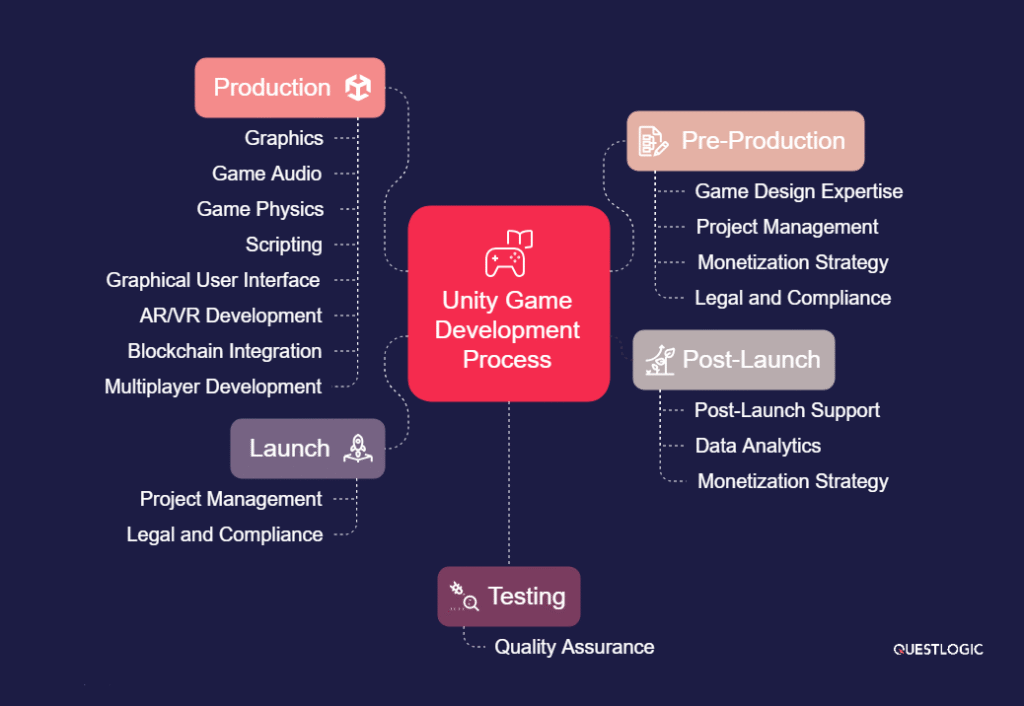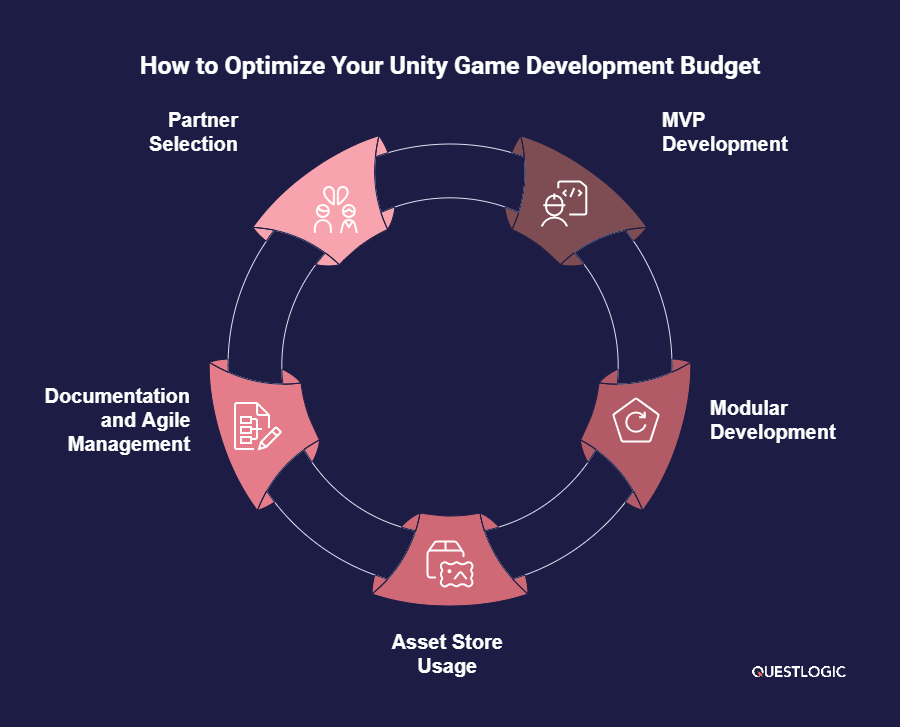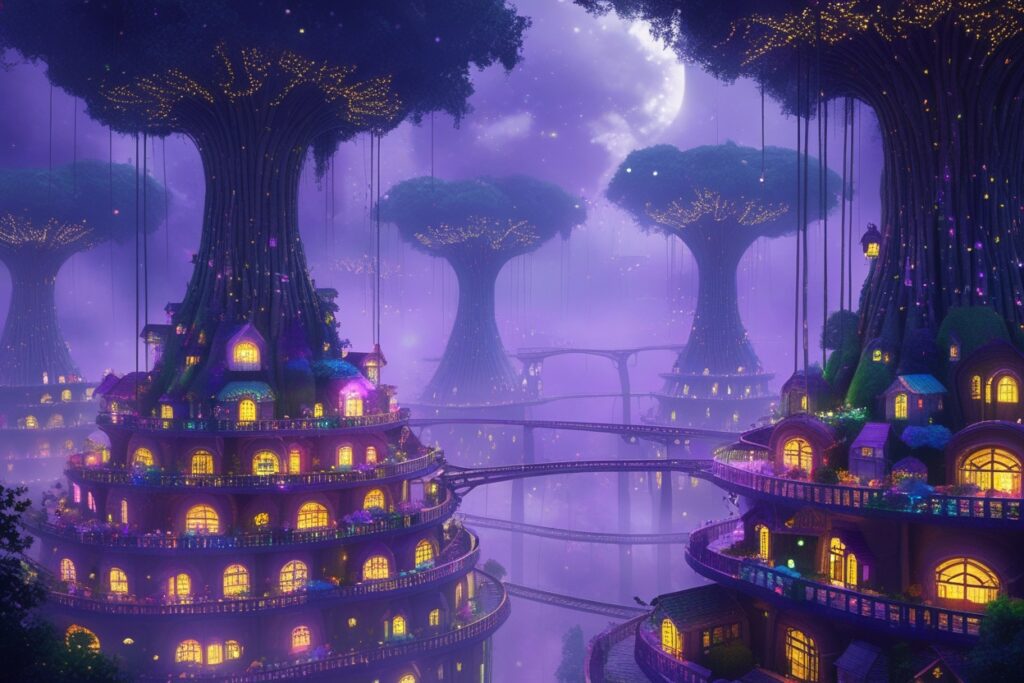How Much Does Unity Game Development in 2025 Cost?

Why Unity Game Development Costs Matter in 2025
In 2025, the global gaming industry is more dynamic—and competitive—than ever. Unity remains the engine of choice for thousands of studios, powering everything from indie hits to enterprise-grade simulations. But as the market matures, the cost of Unity game development is no longer a simple line item. It’s a strategic variable that can make or break your project’s success.
Understanding the true cost of Unity game development in 2025 is crucial for anyone planning to launch a new title, expand an existing portfolio, or invest in interactive technology. With new Unity pricing models, the rise of AI-driven tools, and a rapidly shifting global talent landscape, the stakes (and the opportunities) have never been higher.
What’s New in Unity Game Development Costs in 2025?
The Unity ecosystem has evolved rapidly over the past year. In spring 2025, several key changes are shaping the cost landscape:
Unity’s 2025 Pricing Model
Unity’s pricing structure has significantly evolved in 2025:
- Unity Pro: Now priced at $2,200 USD annually per seat (an 8% increase from previous years)
- Unity Enterprise: Features a 25% subscription price increase with a new financial threshold of $25,000,000 USD
- Runtime Fee: Importantly, Unity completely canceled the controversial Runtime Fee in January 2025, which had previously caused significant concern among developers
- Specialized Module Pricing: Advanced features like AI tools, analytics, and multiplayer capabilities are now available as add-on packages rather than being included in the base license
AI and Automation
The integration of generative AI for asset creation, procedural content, and QA automation is reducing some costs—but also raising the bar for quality and complexity.
Cross-Platform Expansion
Unity’s improved support for emerging platforms (XR, Web3, cloud gaming) means more opportunities, but also more testing and optimization expenses.
These shifts mean that budgeting for Unity development in 2025 requires a nuanced, up-to-date approach.
Key Cost Drivers: Beyond the Basics

Project Complexity
The genre, mechanics, and feature set of your game are the primary cost drivers. A hyper-casual mobile game with simple mechanics may cost as little as $25,000, while a cross-platform multiplayer RPG with blockchain integration can easily exceed $500,000. Features like real-time multiplayer, advanced AI, or AR/VR support add significant development hours and require specialized expertise.
Team Composition
The days of the “one-man studio” are fading for all but the simplest projects. In 2025, successful Unity projects often require hybrid teams: Unity developers, 3D/2D artists, UI/UX designers, AI/ML engineers, narrative designers, and QA specialists. Whether you build in-house, outsource, or use a hybrid model, team structure directly impacts both cost and project velocity.
Asset Creation and Tools
Custom assets—characters, environments, animations—remain a major budget item. However, the rise of AI-powered asset generation and the expanded Unity Asset Store can reduce costs for some projects. Still, high-quality, original assets (especially for branded or AAA games) require significant investment.
Platform Strategy
Developing for multiple platforms (iOS, Android, PC, consoles, XR) increases both development and QA costs. Each platform has unique requirements, and cross-platform optimization is rarely “one-click.” In 2025, cloud gaming and Web3 platforms are adding new layers of complexity.
Testing, QA, and Live Operations
Continuous delivery, player analytics, and live operations are now standard for most games. Ongoing QA, bug fixing, and feature updates can account for 20–30% of total project costs over the first year post-launch.
2025 Cost Benchmarks: Real Numbers, Real Scenarios
Here’s a snapshot of current Unity game development costs, based on global data and Questlogic’s market research (spring 2025):
Game Type | Typical Cost Range (USD) | Development Timeline | Key Cost Factors |
Hyper-casual Mobile | $5,000 – $50,000 | 1-3 months | Simple mechanics, minimal art assets |
2D Puzzle/Arcade | $35,000 – $80,000 | 3-6 months | More complex mechanics, original art assets |
3D Action/Adventure | $90,000 – $300,00 | 8-18 months | 3D modeling, animation, complex systems |
Multiplayer FPS/RPG | $120,000 – $500,000+ | 12-24 months | Server infrastructure, networking, content volume |
Blockchain/Web3 Game | $80,000 – $400,000+ | 8-18 months | Starting at $65,000 for basic implementations |
AR/VR Experience | $70,000 – $300,000 | 6-16 months | $5,000 for simple VR to $1M for AAA VR projects |
Educational/Simulation | $50,000 – $200,000 | 6-12 months | Domain expertise, accuracy requirements |
AAA Game | $30M – $500M+ | 2-5 years | Large teams, cutting-edge technology |
Case Study 1
Hyper-casual Mobile Game ($5,000 – $50,000)
Team: 1–3 developers, 1 artist, 1 part-time QA
Timeline: 1–3 months
Category | Cost (USD) | % of Budget |
Game design and documentation | $1,000 – $3,000 | 15–20% |
Programming | $2,000 – $15,000 | 30–40% |
Art assets | $1,000 – $10,000 | 20–25% |
Audio | $500 – $3,000 | 5–10% |
QA testing | $500 – $5,000 | 10–15% |
Store deployment & marketing | $1,000 – $10,000 | 10–20% |
Case Study 2
Mid-tier Mobile Game ($50,000 – $300,000)
Team: 3–8 developers, 2–4 artists, 1–2 QA specialists
Timeline: 4–12 months
Category | Cost (USD) | % of Budget |
Pre-production and design | $5,000 – $30,000 | 10–15% |
Core development | $25,000 – $120,000 | 40–50% |
Art assets and animation | $15,000 – $80,000 | 25–30% |
UI/UX design | $3,000 – $20,000 | 5–10% |
Audio design and music | $2,000 – $15,000 | 3–8% |
QA testing | $5,000 – $25,000 | 8–12% |
Post-launch support (3 months) | $10,000 – $40,000 | 10–15% |
Location, Talent, and Remote Work: The Global Cost Equation
Remote work is now the norm, and the global talent pool is more accessible than ever. Here’s how average Unity developer rates compare in 2025:
Region | Junior (hourly) | Mid-Level (hourly) | Senior (hourly |
North America | $55 – $80 | $65 – $90 | $120 – $150 |
Western Europe | $45 – $65 | $65 – $85 | $85 – $120 |
UK | $50 – $70 | $70 – $90 | $80 – $100 |
Eastern Europe | $19 – $25 | $26 – $38 | $40 – $70 |
South Asia (India) | $15 – $25 | $25 – $40 | $40 – $60 |
Latin America | $20 – $30 | $30 – $45 | $45 – $70 |
Key Insights:
While rates are lower in emerging markets, the best value comes from teams with proven experience in your game’s genre and platform. Hybrid teams (core leadership in your region, production in lower-cost regions) are increasingly popular for balancing quality and budget.
Hidden and Overlooked Costs in 2025
Many studios underestimate these critical expenses:
Engine and Platform Costs
– Unity Modules: Additional packages for AI, analytics, and multiplayer can add $1,000-$10,000 to your budget
– Enterprise Support: Professional support packages range from $1,500-$5,000 annually
– Platform Publishing: Each additional platform (iOS, Android, consoles) adds 15-30% to development costs
Regulatory and Compliance
– Ratings and Certifications: ESRB/PEGI ratings cost $3,000-$10,000
– Platform Certifications: Console certification can cost $5,000-$20,000
– Data Privacy Implementation: GDPR/COPPA compliance adds $3,000-$15,000
Post-Launch Operations
– Server Infrastructure: For multiplayer games, expect $200-$5,000+ monthly
– Content Updates: Budget 20-30% of initial development costs annually
– Community Management: Professional community management costs $30,000-$80,000 annually
– User Acquisition: Marketing costs can easily exceed development costs for competitive markets
How to Optimize Your Unity Game Development Budget in 2025

- Start with an MVP: Focus on core features, validate with real users, and iterate. This reduces risk and controls costs.
- Leverage Modular Development: Build reusable components and systems to accelerate future updates and expansions.
- Use Asset Stores and Open Source Wisely: Supplement custom work with high-quality, pre-made assets where appropriate.
- Prioritize Documentation and Agile Management: Clear specs and agile sprints help prevent scope creep and budget overruns.
- Choose the Right Partners: Look for studios or freelancers with a track record in your genre and platform, and insist on transparent, milestone-based contracts.
Regional Hiring Strategies for Cost Optimization
Strategic Team Composition Models
Leadership + Offshore Production:
– Technical/Art Directors from US/UK: $120,000-$140,000/year each
– Senior developers from Poland: $60,000/year
– Mid-level developers from Romania/Bulgaria: $25,800/developer/year
– Junior developers from Eastern Europe: $19,500/developer/year
Total Savings: 40-50% compared to all-US team while maintaining quality leadership
Mixed Seniority Eastern European Team:
– Senior Unity Developer (Poland): $60,000/year
– Mid-level Unity Developers (Romania): $25,800/year each
– Junior Unity Developer (Bulgaria): $15,600/year
Total Savings: 65-75% compared to US-based development
This approach balances cost efficiency with high-quality development outcomes and has become increasingly popular as remote work tools have matured in 2025.
Summary: 3 Key Takeaways
- Unity game development costs in 2025 are shaped by new technology trends, global talent shifts, and evolving project expectations—making up-to-date market knowledge essential.
- The biggest cost drivers are project complexity, team structure, and platform strategy, but hidden costs like live operations and compliance can significantly impact your budget.
- Smart planning, modular development, and leveraging global talent can help you optimize costs without sacrificing quality or innovation.

5 FAQs for Clients
- How do Unity’s 2025 licensing and pricing changes affect my project budget?
Unity canceled its controversial Runtime Fee in January 2025, but increased subscription costs—Unity Pro is now $2,200 annually (8% increase) and Enterprise saw a 25% increase. The financial threshold for Enterprise is now $25 million. Additionally, specialized modules for AI, analytics, and multiplayer are priced separately. These changes primarily affect upfront licensing costs rather than introducing unpredictable ongoing fees. - What’s the average timeline for developing a mid-sized Unity game in 2025?
A typical mid-sized Unity game (e.g., 3D puzzle or action game with multiplayer) takes 7–12 months from concept to launch, depending on complexity, team size, and content requirements. - How can I ensure cost transparency and avoid budget overruns with my development partner?
Insist on detailed project scoping, milestone-based payments, and regular progress reports. Use agile methodologies to adapt to changes without derailing the budget. - What are the best strategies for balancing quality and cost when hiring Unity developers globally?
Combine experienced local or regional leads with skilled remote teams for production. Prioritize proven portfolios and clear communication over the lowest hourly rate. - How do post-launch updates and live operations factor into the total cost of ownership?
Ongoing updates, bug fixes, and live events can add 20–30% to your first-year budget. Plan for these costs upfront to ensure your game remains competitive and engaging after launch.
For more insights or to discuss your Unity game project budget, visit Questlogic’s Unity Game Development Services. Also, check out our related resources: 5 Key Factors to Consider When Selecting a Game Development Outsourcing Company.